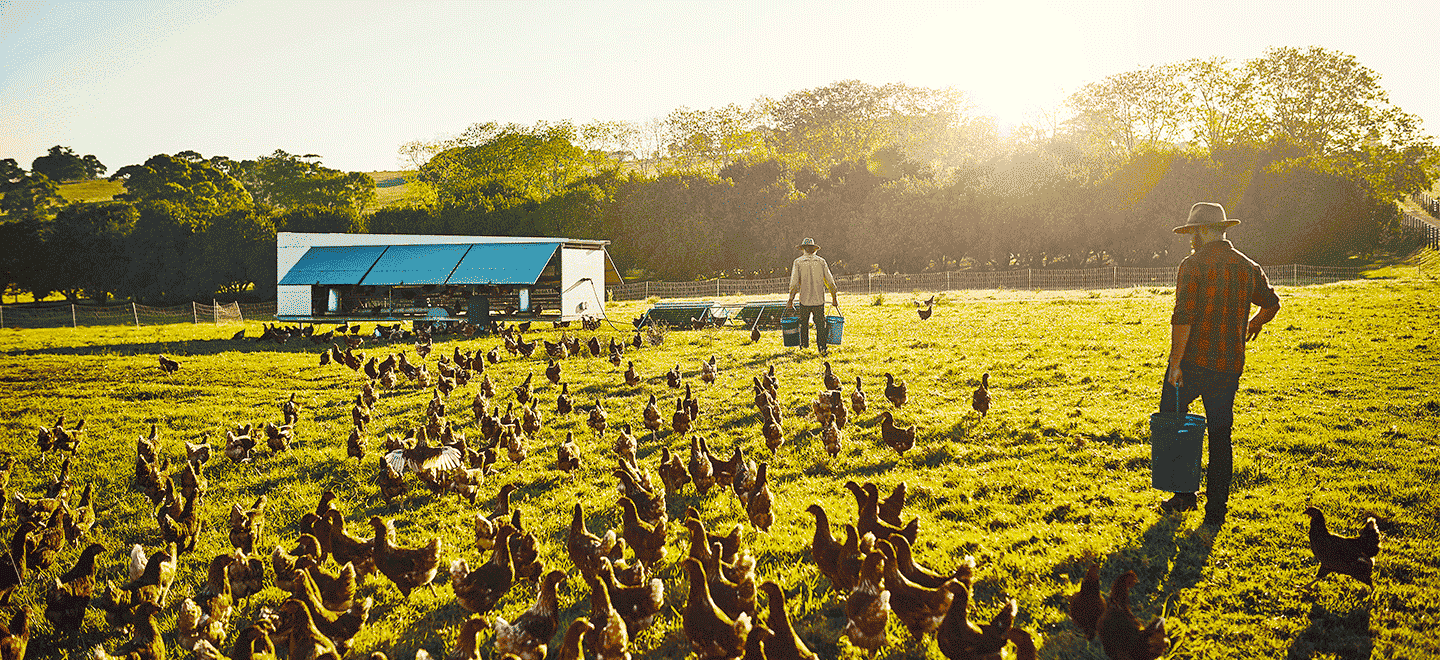Lysine was first isolated from milk protein by the German biological chemist Ferdinand Drechsel in 1889 and subsequently manufactured by German chemists Emil Fischer and Fritz Weigert some 12 years later.
It was a significant advancement since, unlike other amino acids, the human body cannot produce Lysine and therefore must be ingested via food. Meat, fish, dairy, eggs, and some plants such as soy are all excellent sources.

Plant-based diets generally contain low levels of Lysine, methionine, threonine, and other essential amino acids. Adding feed grade amino acids to diets can significantly improve animal performance and development.
Amino Acids in Animal Nutrition
Lysine is used across various industries, including pharmaceuticals, nutritional supplements, and the cosmetics sectors; however, it is also an essential dietary supplement widely utilised to feed poultry, pigs, and other livestock.
Farm animals, in particular, chickens and pigs, are usually fed plant-based diets that generally contain low levels of Lysine, methionine, threonine, and other essential amino acids.
Deficiencies of these amino acids impede animal performance and development while impairing immunological function. As a result, in the 1960s, crystalline L-Lysine HCL crystals were produced commercially and made available for piglet diets to correct this issue.
Lysine is the most abundant essential amino acid in pigs’ and chickens’ skeletal muscle protein. Deficiencies in Lysine will limit muscle growth and divert Lysine away from immunological purposes, increasing mortality.
In typical wheat-barley-soybean based diets, Lysine is the first limiting amino acid for pigs and the second limiting amino acid for chickens. Any gap between the dietary lysine concentration and animal requirements needs to be fulfilled by adding crystalline L-Lysine or more soybean meal.
Adding more soybean meal will raise feed costs and other amino acid concentrations, resulting in protein loss as waste.
Lysine in the Market
Although currently it is produced from a corn starch base, genetic engineering research is actively pursuing bacterial strains to improve production efficiency and allow it to be made from other substrates.
Lysine fermentation by Corynebacterium glutamicum was developed in 1958 by Kyowa Hakko Kogyo Co. Ltd. and is the second oldest amino acid fermentation process after glutamate fermentation. The fundamental mechanism of lysine production, discovered in the early stages of the process’s history, gave birth to the concept known as “metabolic regulatory fermentation,” which is now widely applied to metabolite production.

BESTAMINO L-lysine is produced by the advanced fermentation process using raw materials such as corn and sugar cane, thus combining sustainability and efficiency in animal nutrition.
Lysine production for animal feed is a primary global industry; according to Trygve Brautaset, who published his findings in All About Feed in 2010, Lysine output for animal feed is approximately 700,000 tons and has an estimated market value of over €1.22 billion.
By 2020 Lysine fermentation production was estimated to underpin a demand of more than 2.5 million metric tons per year.
We can help
Working with a reliable supplier is essential. Our exclusive partnership with Cheil Jedang Bio gives Redox exclusive access to Bestamino Lysine via their manufacturing facilities located across the world in China, Indonesia, Brazil, and the United States. We currently stock and supply our customers within Australia and New Zealand and are well-positioned to meet and exceed your needs.
To assure our customers get the best products at the best price, we can source Lysine in a variety of packing sizes across the entire range of L-Form Amino Acids, including:
- L-lysine
- L-methionine
- L-tryptophan
- L-threonine
- L-valine
- L-arginine
- L-arginine
- L-histidine
- L-isoleucine
Contact one of our industry specialists today and ask us what we can do for you for the best price and service on Lysine.